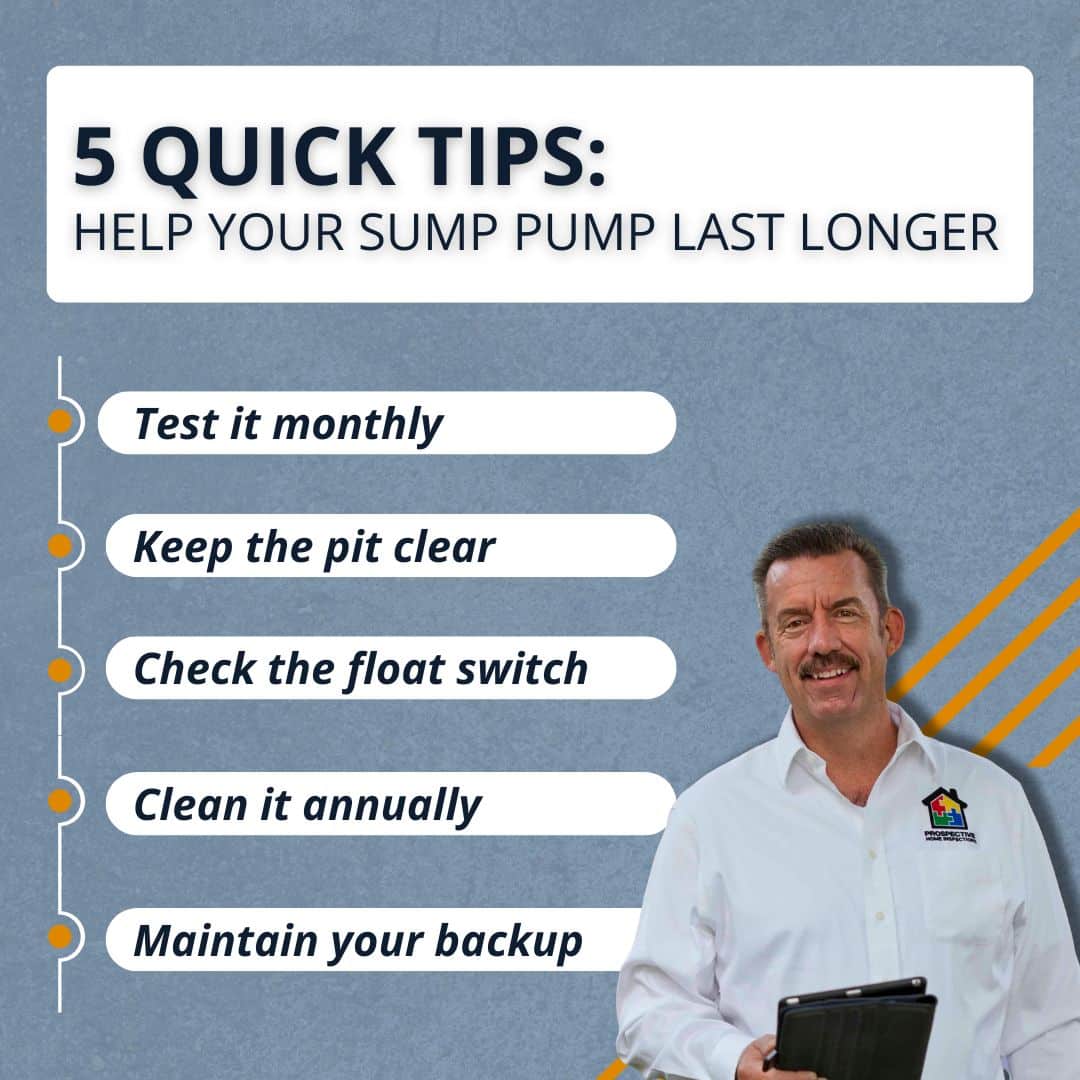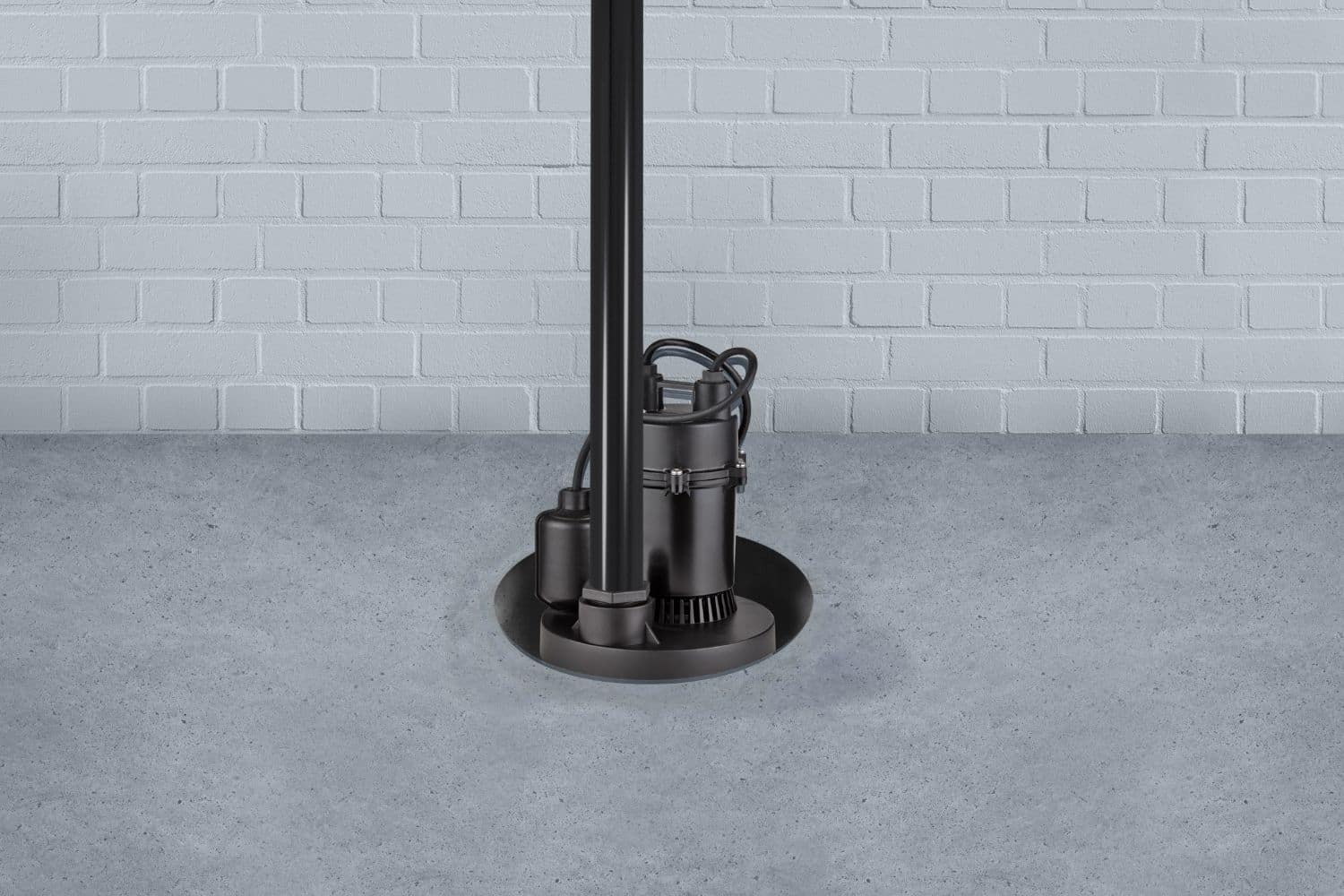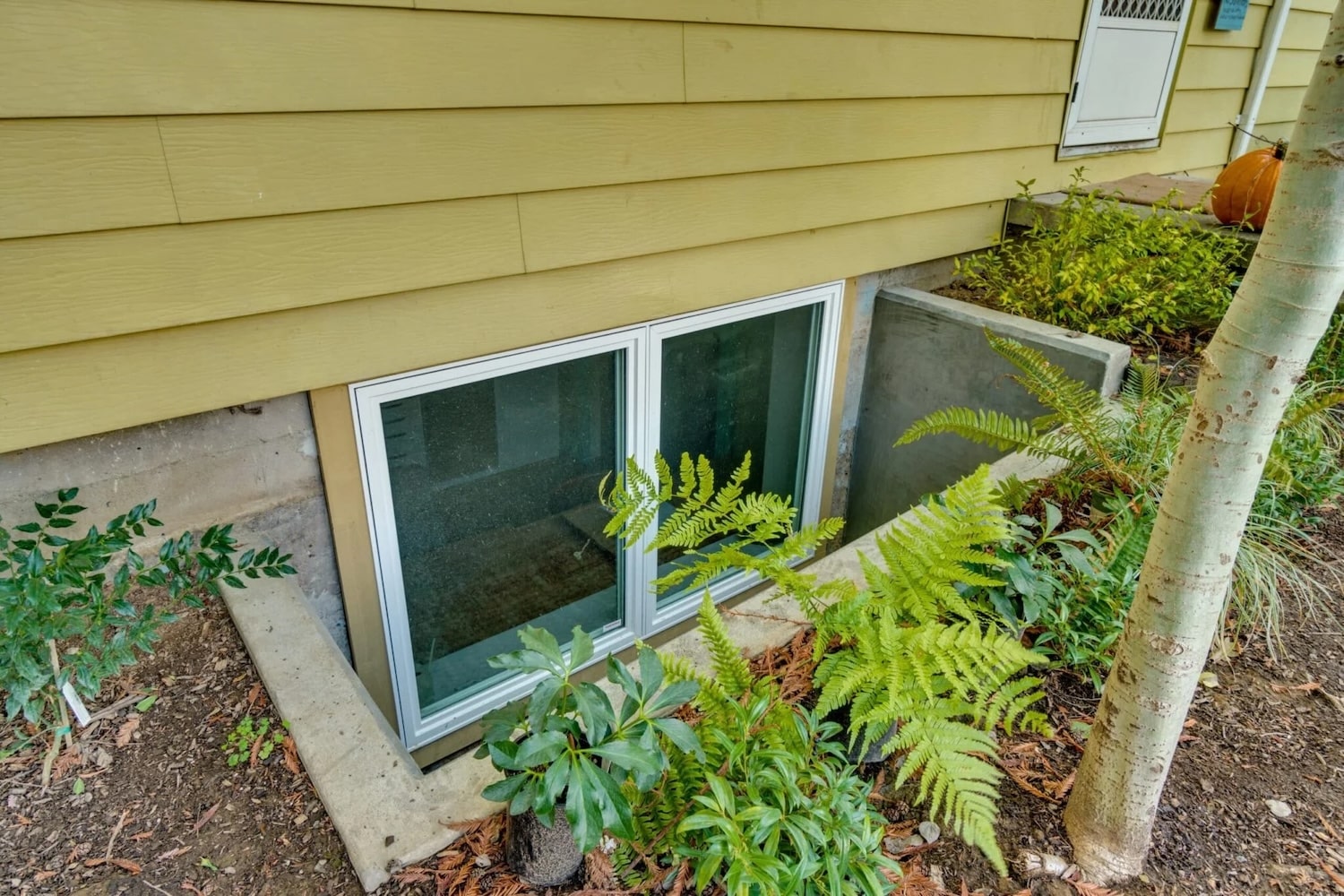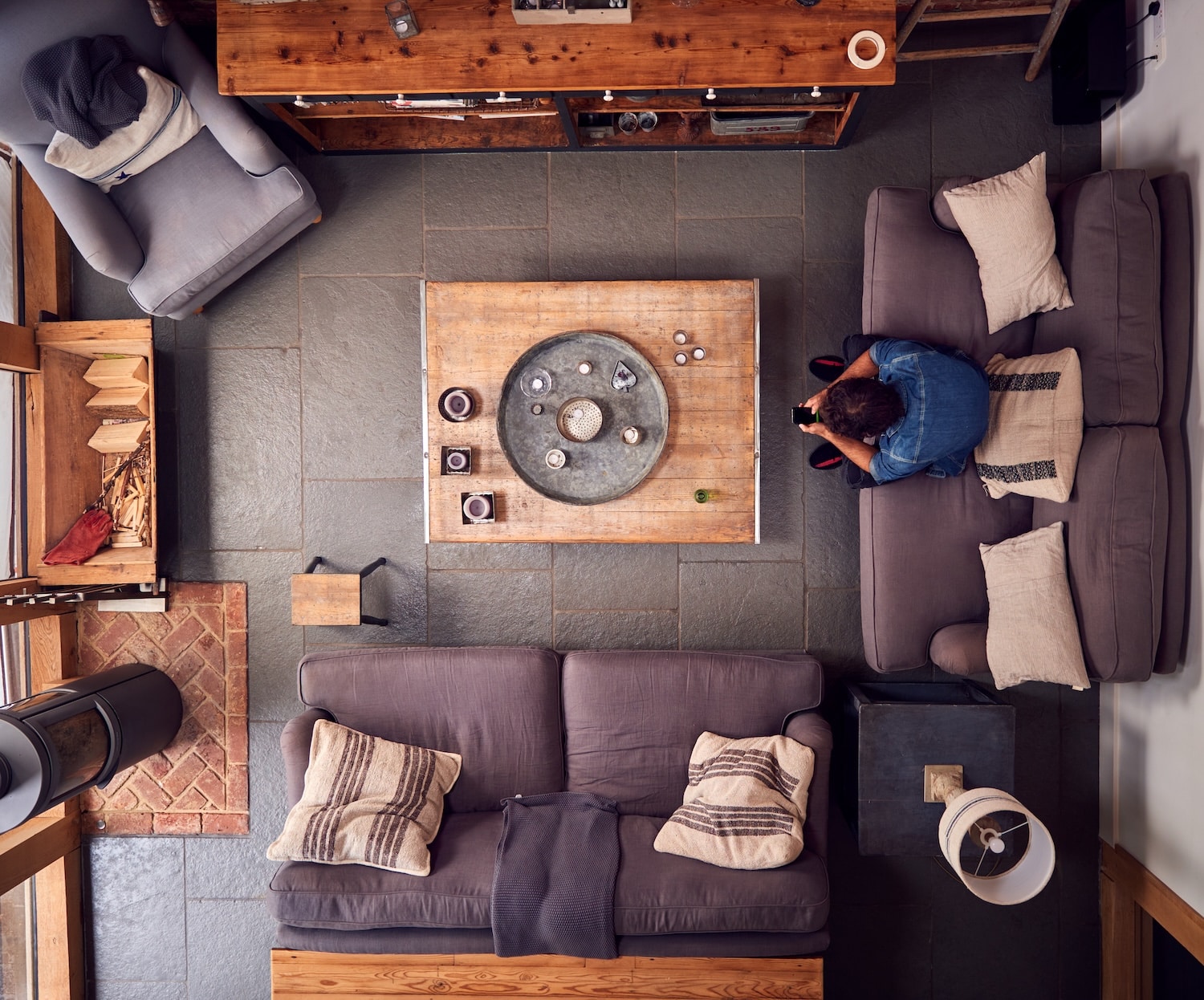A sump pump is one of the most important pieces of equipment for homes with basements or crawlspaces. It prevents water buildup, protects your foundation, and helps control moisture levels that can lead to mold or structural issues. But sump pumps don’t last forever: if you’re not sure how old yours is or how long it’s got, it might be time to take a closer look.
Replacing a failing pump is far more affordable than repairing water damage after the fact. This guide covers how long sump pumps last, what signs to watch for, and how to protect your home from sudden failure.
How Long Do Sump Pumps Typically Last?
Most sump pumps last 7 to 10 years, depending on how often they run, how well they’re maintained, and the conditions they’re exposed to. That estimate comes from both manufacturer guidelines and home inspection industry standards.
Several factors can shorten or extend a sump pump’s life:
- Frequency of use: If your area has frequent rainfall, a high water table, or poor drainage, your pump will cycle more often. This increases wear on the motor and float switch.
- Type of pump: Submersible pumps tend to be more durable than pedestal pumps, but are harder to access for maintenance. Pedestal pumps may last slightly longer in dry environments, but are more prone to mechanical failure.
- Quality of installation: A poorly installed pump may work harder than it needs to or may not drain properly.
- Backup system: Pumps without a battery backup are more vulnerable to failure during storms or outages.
- Routine care: Pumps that are cleaned and tested regularly can last significantly longer than neglected ones.
According to FEMA, even one inch of water in a basement can cause over $25,000 in damage. That’s why staying ahead of sump pump issues is so important.

Signs Your Sump Pump Is Wearing Out
Even if your sump pump still turns on, it may already be underperforming. These are common warning signs to look for:
1. Unusual Noises
Grinding, rattling, or gurgling sounds usually mean parts inside the pump are worn or misaligned. A loud hum with no water being pumped can indicate the impeller is jammed or the motor is straining.
2. Frequent Cycling
If your pump runs every few minutes or cycles on and off rapidly, it could be:
- The result of a stuck float switch
- A basin that refills too quickly due to poor drainage
- A system that’s undersized for the water volume
This constant activity wears out the motor faster.
3. Visible Rust or Discoloration
Rust on the motor or pipe could mean the pump is corroding or that iron bacteria are present. Iron bacteria don’t pose a health risk, but they can clog pipes and reduce the system’s performance over time.
4. Excessive Vibration
When the impeller inside the pump becomes bent or damaged, it may cause shaking or vibrating during operation. This leads to quicker wear on surrounding parts.
5. Running With No Water
If the pump activates but there’s no water in the pit, the float switch may be stuck or installed incorrectly. A dry cycle can overheat the motor.
6. Musty Smell or Damp Air
A pump that isn’t working correctly may still allow moisture to build up in the basement or crawlspace. Even without visible flooding, excess humidity can cause mold growth, mildew smells, or warped materials.

How to Extend the Life of Your Sump Pump
Proper maintenance can help you get more years out of your pump and avoid costly repairs. Here’s what the experts recommend:
Monthly or Seasonal Tasks:
- Pour a bucket of water into the pit to make sure the pump turns on and drains properly.
- Remove any visible debris from the pit.
- Clean the intake screen if it appears clogged.
- Make sure the float switch moves freely and isn’t stuck against the wall of the pit.
- Test the backup battery system, if you have one, to ensure it holds a charge.
Annual Tasks:
- Disconnect the pump and clean it thoroughly.
- Inspect the discharge pipe outside to make sure it isn’t blocked or frozen.
- Replace the battery backup (typically every 2 to 3 years, depending on the system).
The EPA recommends keeping basements and crawlspaces well-ventilated and dry to reduce mold risk and protect your home’s structure.
Other Homeowner Questions
Should every sump pump have a battery backup?
Yes, especially in areas like Naperville, where storms and power outages can occur at the same time. A battery backup ensures your system keeps working even if the power goes out.
Can I install or replace a sump pump myself?
Some homeowners can handle this as a DIY project, but for most, it’s best left to a licensed professional. Improper installation can lead to poor drainage, flooding, or system failure.
Does homeowners’ insurance cover sump pump failure?
Standard policies usually don’t cover damage from sump pump failure unless you add a specific endorsement. Check with your provider to be sure.
When to Call a Professional
If you know your sump pump is over 7 years old, acting unusually, or hasn’t been inspected recently, it’s a good idea to schedule a professional evaluation. Many homeowners don’t realize there’s a problem until the basement floods.
During a home inspection, the experts with Prospective Home Inspections do not directly check the age of the sump pump, but the condition is carefully assessed. We provide full home evaluations for buyers, sellers, and current homeowners in Naperville and the surrounding areas. Our team is trained to identify early warning signs of system failure, including sump pumps and waterproofing issues that can impact your home’s safety and value.
Conclusion
A working sump pump is one of the best defenses your home has against water damage. But like any system, it needs maintenance and eventual replacement. Most pumps last 7 to 10 years, but signs of wear can show up earlier.
If you’re unsure about your sump pump’s condition or want a full home evaluation, schedule an inspection with Prospective Home Inspections. We’ll make sure your systems are working as they should, so you can avoid costly surprises later on.






